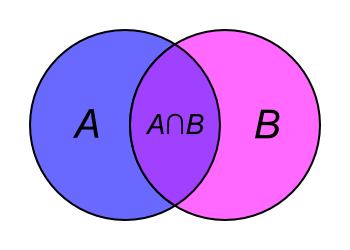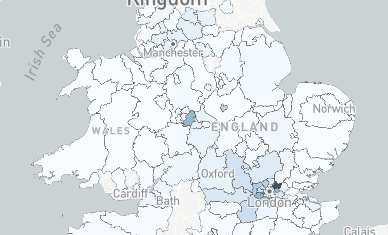What is donor segmentation?
Donor segmentation is when a donor base is divided into distinct groups based on characteristics like their geographical location, behaviour (RFM) or interests. The benefit of segmentation is to better engage with donors - since your communications should resonate with each donor's unique characteristics and interests better than if the same material was sent to the whole donor base.

Table of Contents
How does it work?
Think about what donor characteristics you want to target and apply filters to your donor base to create the donor groups. You can now craft tailored communication strategies that resonate on an individual level with these donor groups. This involves creating various versions of the same content, each tailored to meet the specific needs and preferences of different donor groups.
Additionally, donor segmentation assists charities in streamlining and organising their donor databases. By grouping donors into specific segments, you can easily locate donors fitting particular profiles. For instance, when planning a year-end appeal for major supporters, segmentation simplifies the process of identifying these donors within the database.
Implementing donor segmentation strategies and ideas
The overarching goal of donor segmentation is to improved donor communication and, by extension, enhanced engagement and annual giving. Here are some typical donor segmentation strategies with examples:
Segmentation by geography
This involves grouping donors based on where they live. This can aid in targeting the right audience for fundraising events by only reaching out to those within a certain distance from the event location. Similarly, it can be useful for offering support to donors impacted by local issues or crises.

Example: Segmentation by geography
Target donors from Birmingham in the lead-up to the Birmingham Half Marathon.
Segmentation by donation amount
This strategy groups donors according to the amount they donate. The average gift size can be used as a metric to guide future donation requests. By customizing your donation suggestions, you can communicate more effectively with small, medium, and large gift donors, aligning your requests with their donation history.
Remember to take in to account both recurring donations and ad hoc donations when calculating the total donated by each individual.
Example: Segmentation by donation amount
Individually calling to thank donors that have donated £2,500 or more in the last 12 months.
Segmentation by interests
Some donors may only be interested in certain aspects the work your charity does. It's important to identify those donor groups and communicate with them primarily about topics related to their previously supported appeals.
Example: Segmentation by interests
Targeting donors that have only ever donated to disaster response appeals in Asia following a new earthquake in the region.
Segmentation by duration of donor relationship
Donors who consistently support your organisation over time are invaluable assets. Segmenting these donors allows you to highlight their contributions and show appreciation in unique ways, such as personalized thank you notes or invitations to exclusive events.
Example: Segmentation by donor duration relationship
Target donors that made their first donation between 30 and 90 days ago, to provide them with an update on your charity's work since their donation.
Segmentation by RFM
RFM (Recency, Frequency, Monetary Value) provides a straightforward framework to easily segment donors based on how recently, frequently and total amount each donor has donated. A score (typically 1-4, 1 being the best) is given to for each metric, and so it's easy to generate targeting lists using this method.
Example: Segmentation by RFM score
Target large donors that haven't donated recently (R=4, M=1).
Bottom line
Donor segmentation, a core feature of Giving Analytics, helps charities to personalise their communication strategies. The more personalised the communication, the more likely the donor will engage with it - and therefore the better the outcome for both donor and charity.

